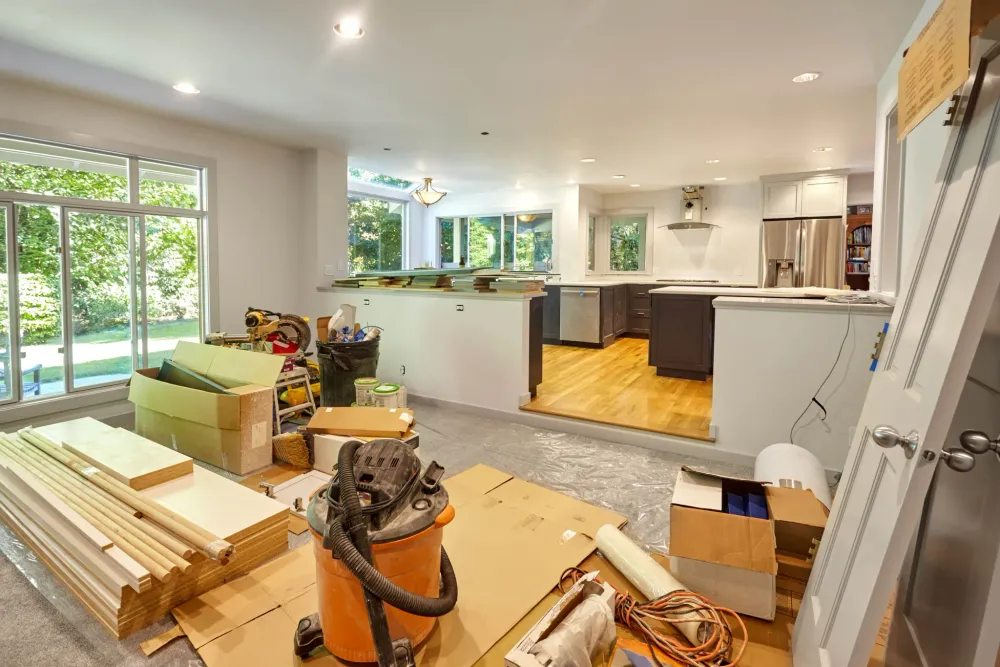Bridge / Rehab / Commercial

A rehab loan, also known as a renovation loan, is a type of loan used to finance the purchase and renovation of a property. It is a good option for someone who wants to buy a fixer-upper or an older property in need of repairs and upgrades, as it allows them to combine the cost of the purchase and the renovation into one loan.
Rehab loans typically offer flexible terms and may include various options for financing the renovation, making it a convenient and cost-effective way to finance a home renovation project.
Why Choose a Rehab Loan
-
Funds for renovation: Rehab loans provide borrowers with funds specifically for the purpose of renovating a property, which can improve its value and livability.
-
Low downpayment requirement: It requires only a 20% downpayment of the property’s purchase price (or total project cost) out of your own funds, while the lender finances the remaining 80%.
-
100% rehab financing available: Covers the full cost of approved renovations, reducing the need for out-of-pocket expenses.
-
Option to roll in monthly payments: Some rehab loans allow borrowers to include several months of mortgage payments in the loan amount during the renovation period.
-
Ideal for fix-and flips or BRRRRs: Perfect for real estate investors looking to renovate, rent, refinance, and repeat.
-
Increased property value: By renovating a property with a rehab loan, the borrower can increase the property’s value and potentially improve their return on investment.
-
Streamlined process: Rehab loans are often streamlined, making it easier for borrowers to obtain financing for their renovation project.
The VA also offers a similar option for military and veterans to purchase a home and finance the required renovations to bring it up to standards set by the VA.
How rehab loans work
-
Eligibility: To be eligible for a rehab loan, the property must typically meet certain conditions, such as being a single-family residence or a multi-unit property.
-
Application: Borrowers must complete a loan application and provide documentation of their income, assets, and debts, as well as the planned renovation project.
-
Loan Approval: After the loan application is submitted, the lender will review the application and make a decision on loan approval.
-
Funds release: If the loan is approved, the funds will be released in stages, typically as the renovation work is completed.
-
Repayment: Rehab loans have a fixed or adjustable interest rate and a repayment term of typically 15 or 30 years. Borrowers make monthly payments to the lender, which go towards paying off both the principal and interest on the loan.